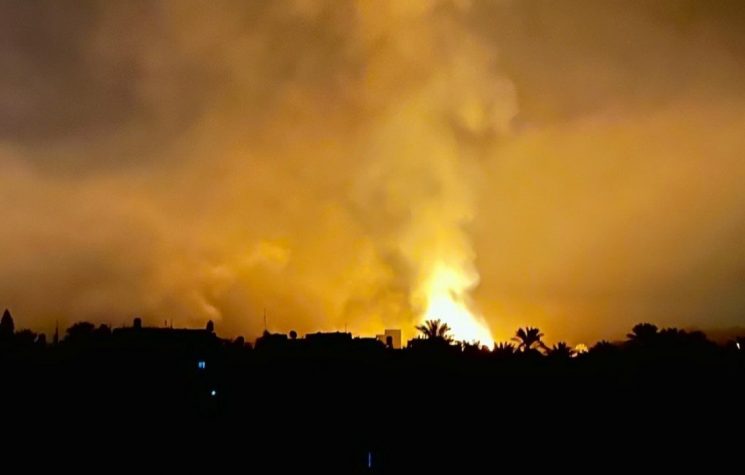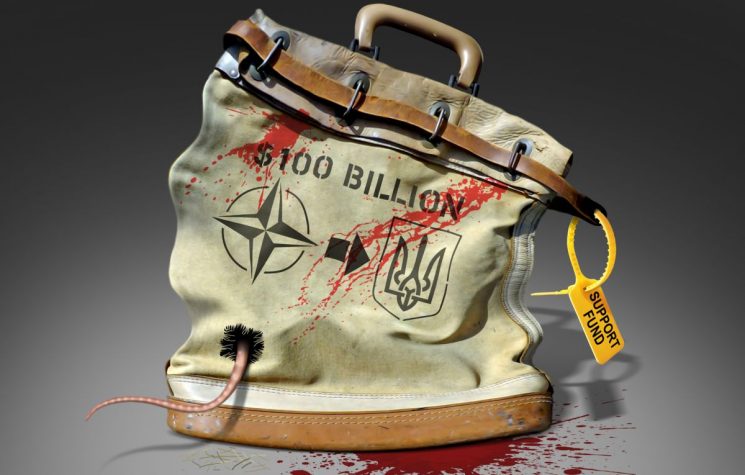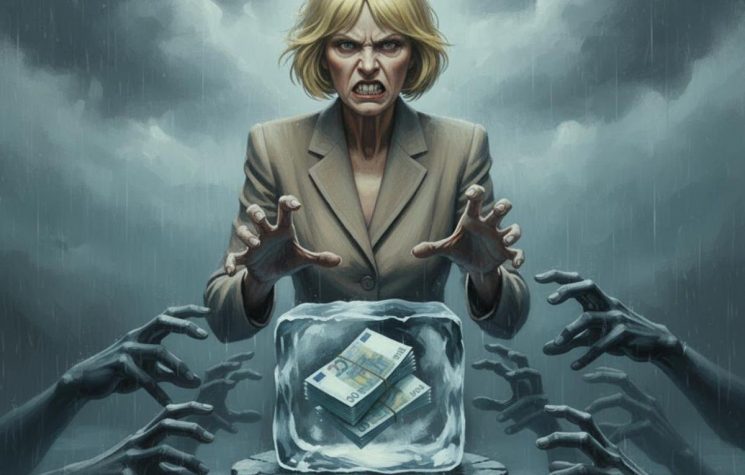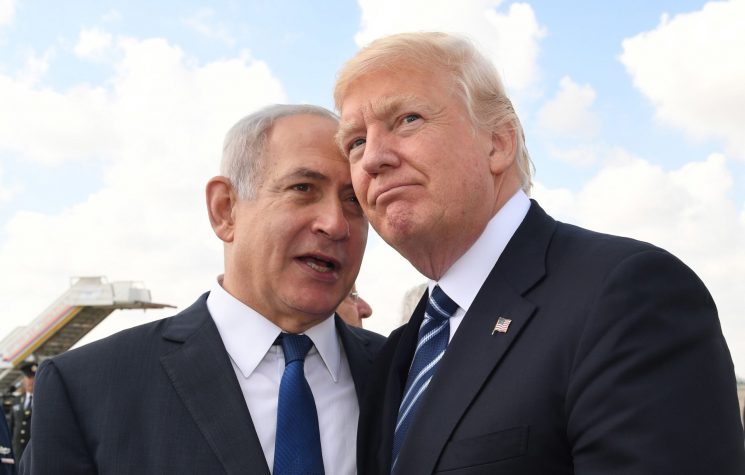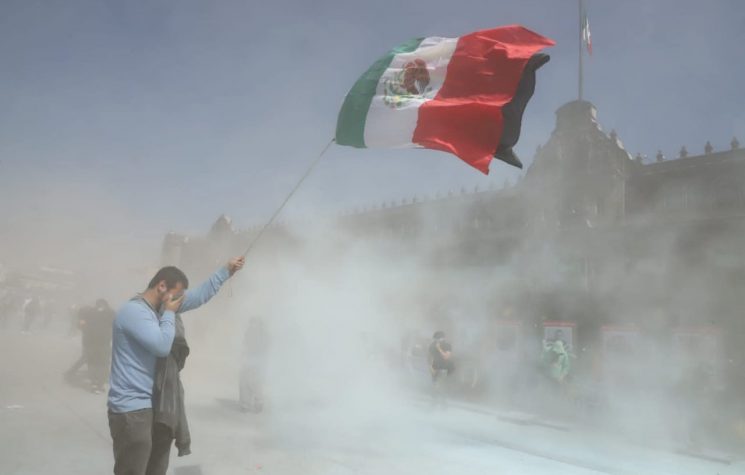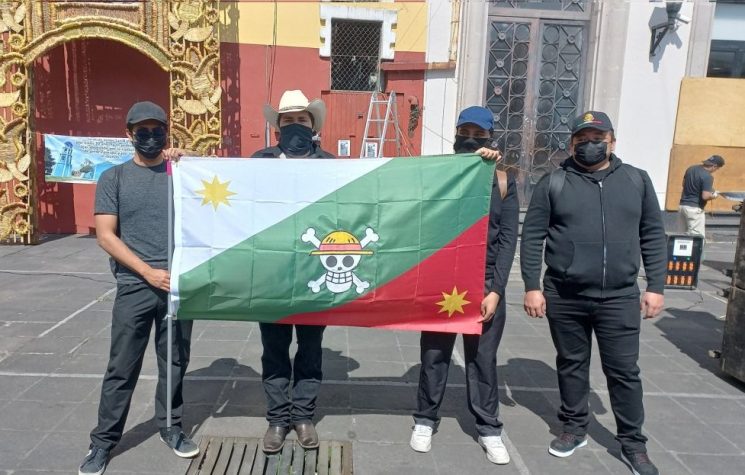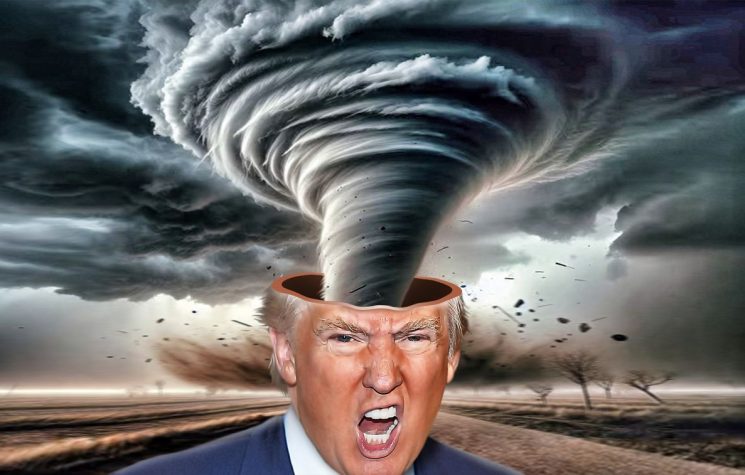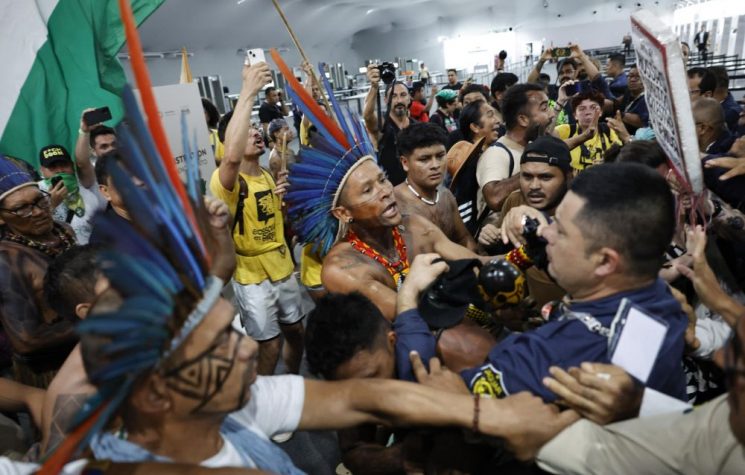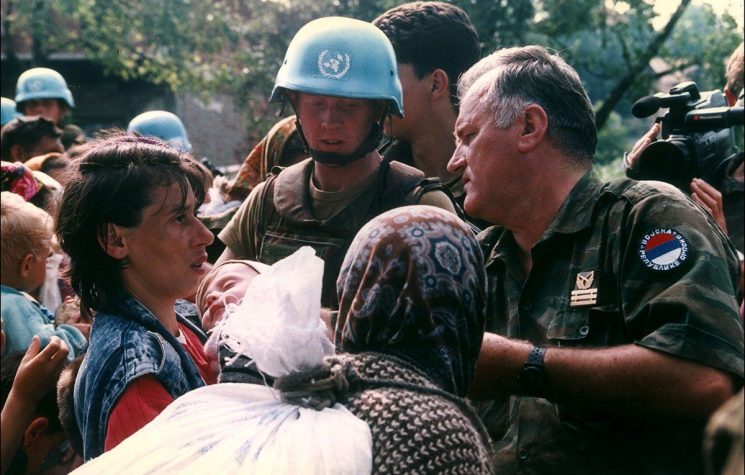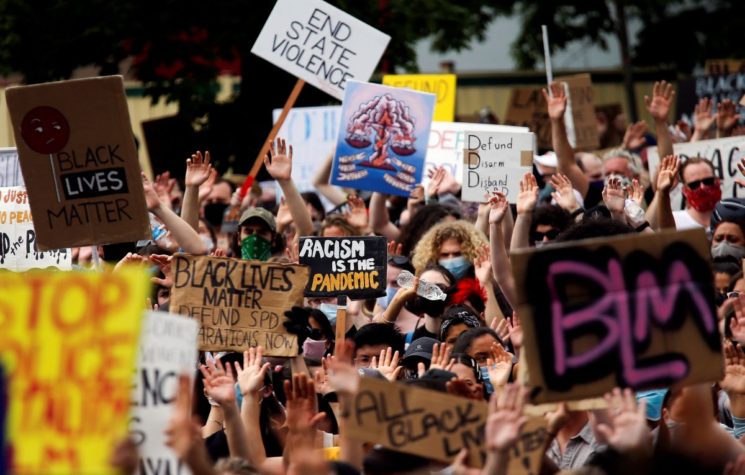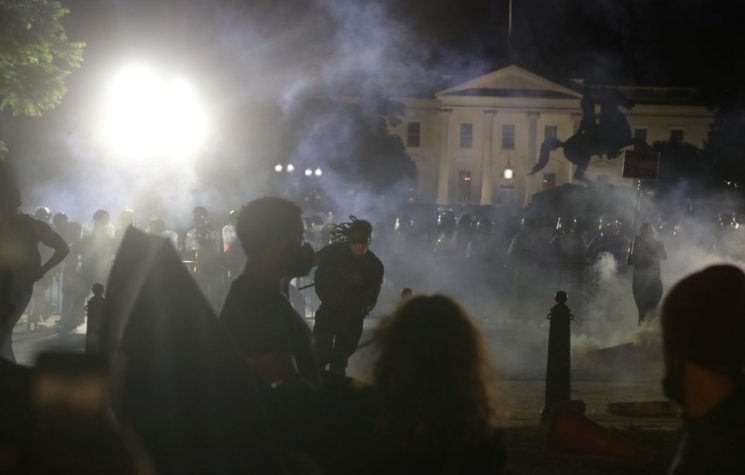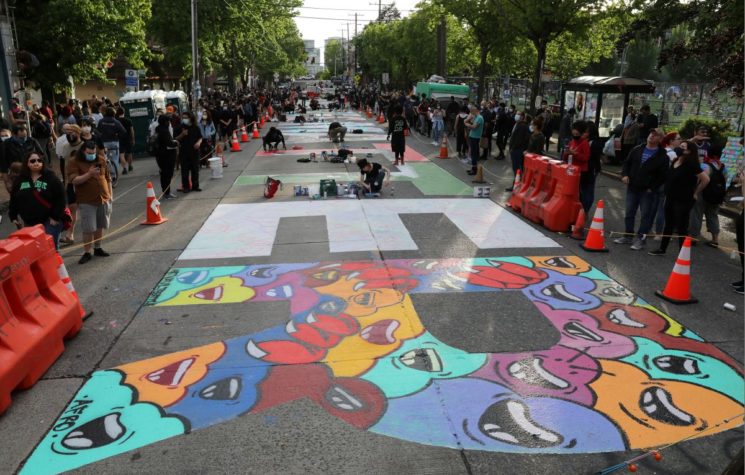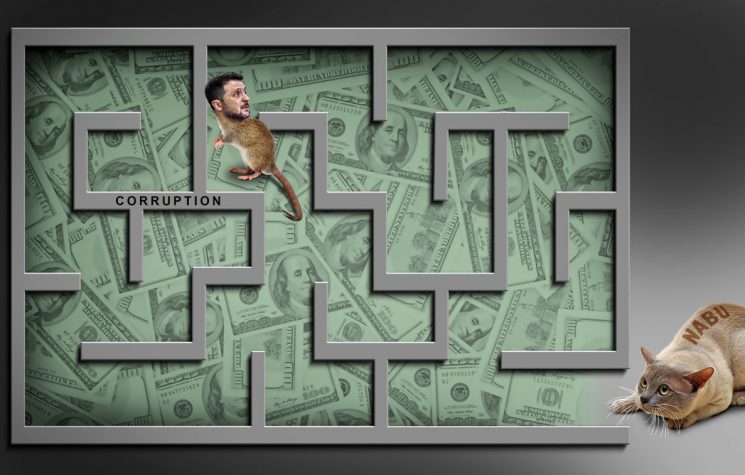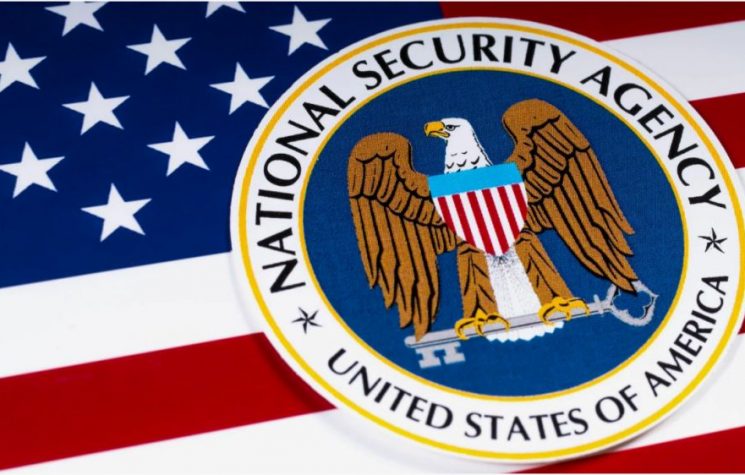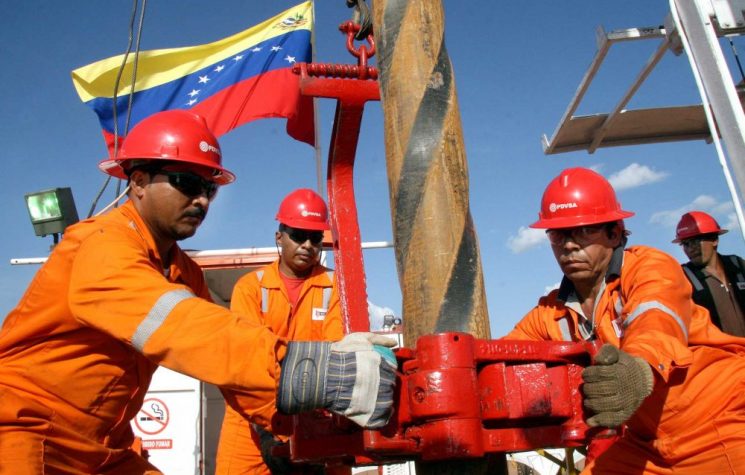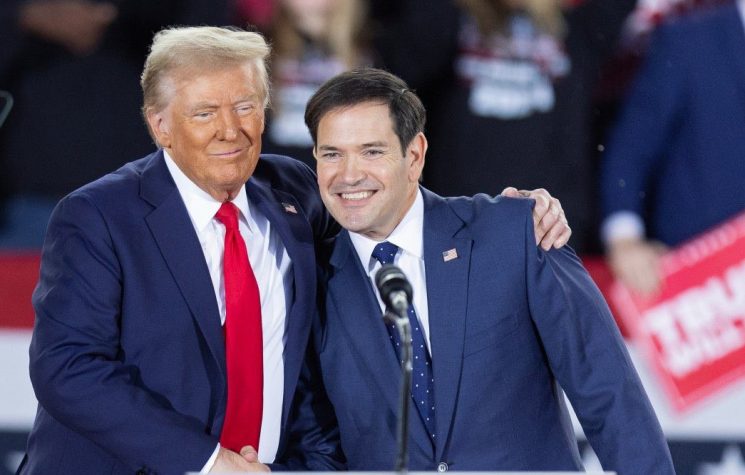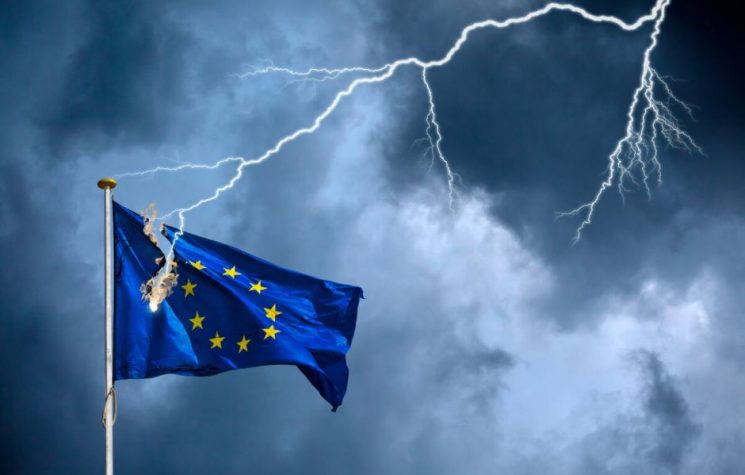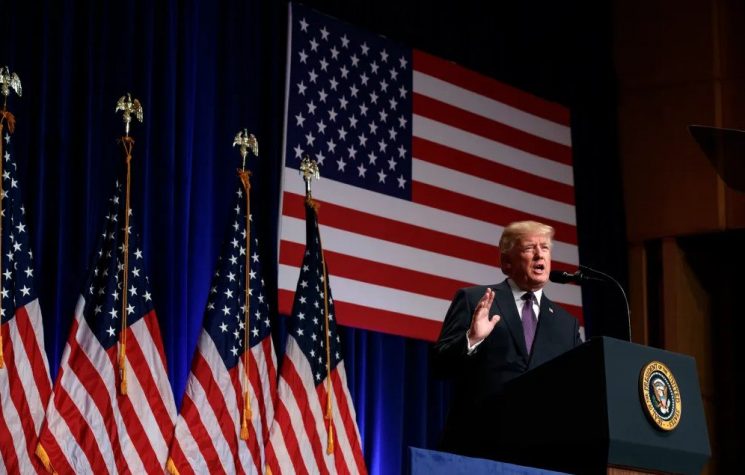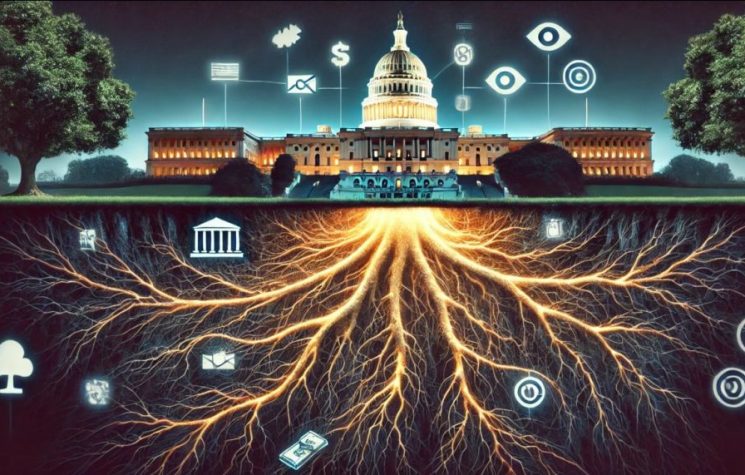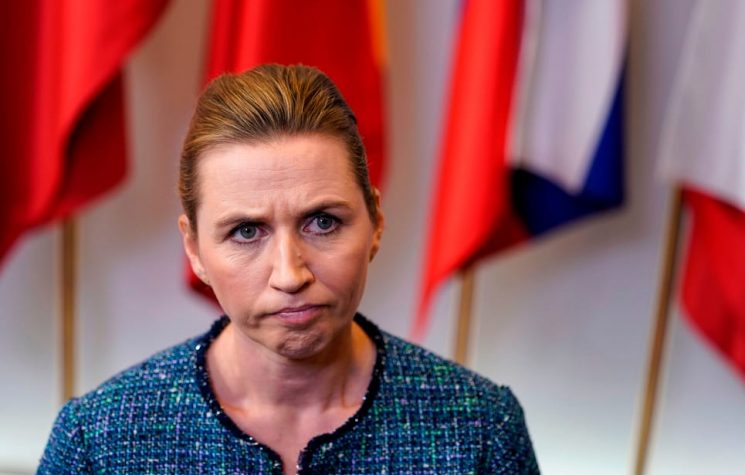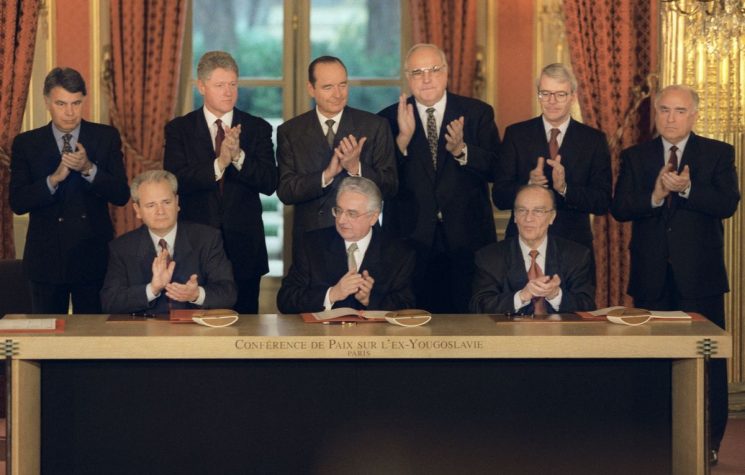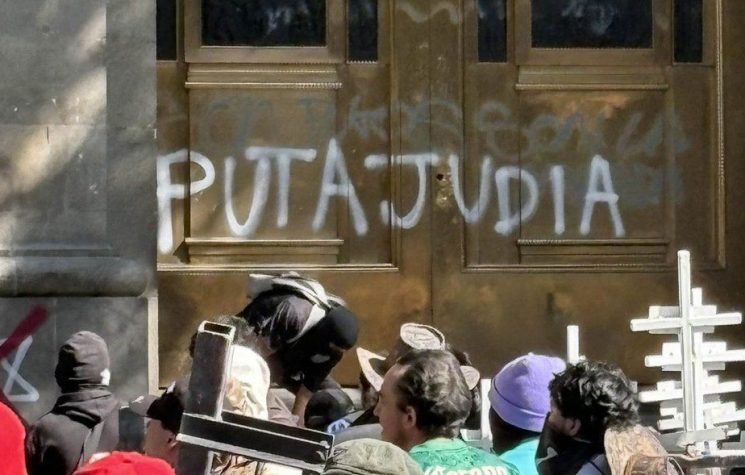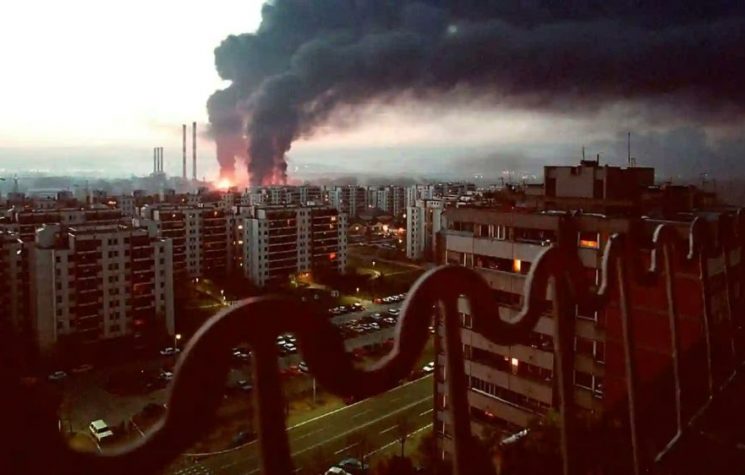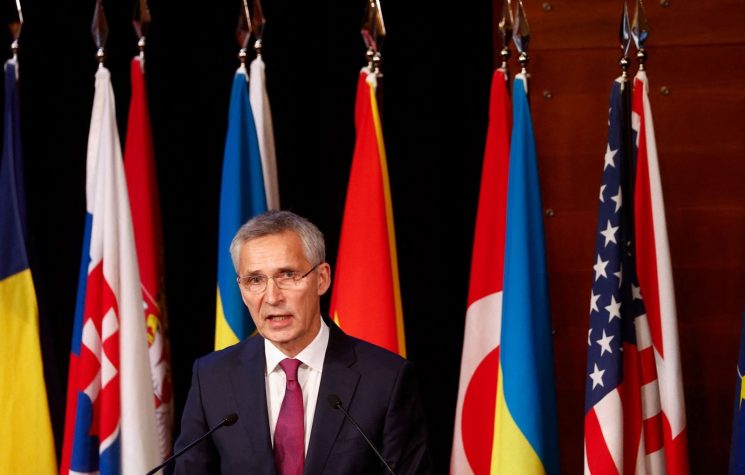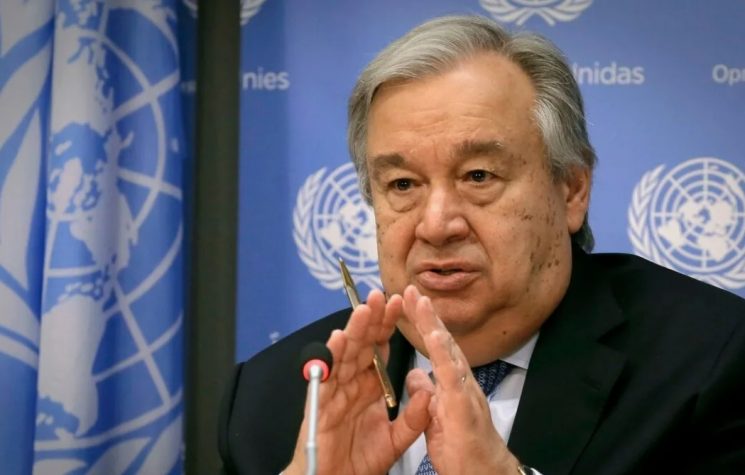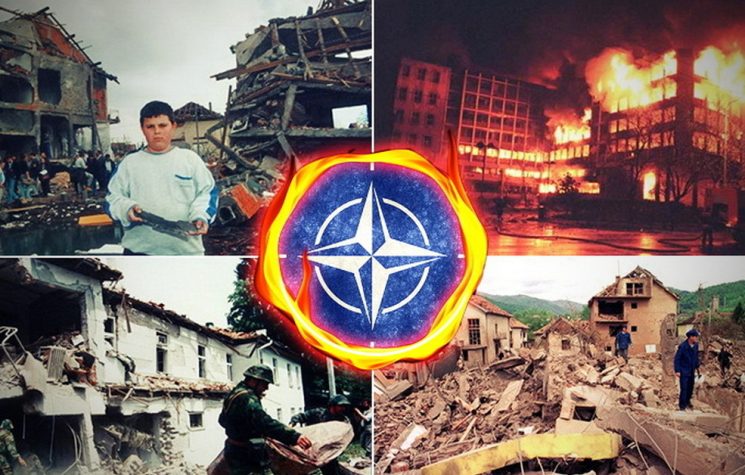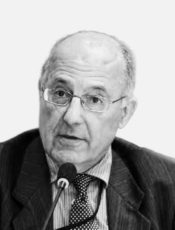Sensible people with a modicum of historical perspective are raising the question that until recently they dared only whisper: Quo vadis United States of America?
We can delegate to specialists debate over the ultimate nature and causes of the current unrest in the United States. The focus here is not on that but on one of the more ominous characteristics of the crisis, whatever its origins might be judged to be. In the Capitol Hill neighbourhood of Seattle two weeks ago, for the first time since the Civil War in the 1860s, something purporting to be a competing government was established on U.S. territory. So far, the organized forces of society, the legitimate (should we say condescendingly, the “internationally recognized”?) government, have not reacted to that challenge in any way, other than to meekly submit to some of the usurpers’ most outrageous demands. Those demands have so far centered mainly on preliminary issues such as “defunding” local law and order forces and restricting the range of tools available to them to deal with lawlessness. The resulting demoralization and disorientation of the police force, engendered by the cowardly and politically short-sighted capitulation of city of Seattle and state of Washington political leaders, is bound to have grave consequences later on. At some time in the near future, the foolishly emboldened terrorists will have to be suppressed by those same policemen (perhaps even assisted by regular army troops) once the evils released from Pandora’s box multiply and the civil breakdown becomes extensive and intolerable.
The gift of prophecy would have been unnecessary, historical perspective being enough, to accurately foresee the gangrenous spread of the Capitol Hill model elsewhere in the country, once goon squads who were trained, poised, and waiting for the authorities to demonstrate their fecklessness got the message that they could engage in repercussion-free rampages. Predictably, new “liberated zones,” run by elements that would not be described inaccurately as terrorists, are now emerging elsewhere, in Portland, Atlanta, and Minneapolis. To drive the point home, the local Seattle warlord and his henchmen have put up highly provocative signs at exit points from their illegally seized domain: “You are entering the United States of America.”
This still is not an American replay of 1917 Russia, but it might be approaching Russia’s 1905. Or, to suggest a contemporary and perhaps more meaningful analogy, it may be a re-enactment of the initial stages of the Yugoslav dissolution process detonated in the early 1990s.
Minor technical differences being duly acknowledged (the Yugoslav collapse was induced with ethnic tensions as the principal driver, while in the U.S. that role is assigned to racial tensions), there still remain impressive broad analogies. In early 90s Yugoslavia, the federal government also was disunited in purpose and political program. Latent separatisms that had kept a low profile while the economy was good and, mostly by inertia, the centralist idea still enjoyed a measure of prestige, suddenly emerged as respectable options and began to attract adherents. Violence broke out at selected points in Yugoslavia (it is still unclear who selected them and according to what criteria), as if to test the will and capacity of bewildered government structures to protect citizens and impose order. Demands to reconfigure the Yugoslav federation, rather than to deal directly with the rising tide of disorder, were put forward by demagogic local leaders who seized the attention of a divided and confused public. It soon became clear that the demagogues’ goal was not to improve the federation but to seize parts of it and turn them into their own “independent” fiefdoms. With the growing irrelevance of the central authorities, international mediation, unmistakably favouring the centripetal forces, was imposed. The “death of Yugoslavia” (as someone famously put it) was assured, and those who directed the process were obviously keen that the decedent’s rigour mortis be as uncontrollably violent as possible.
Yugoslavia scarcely would have died if influential elements within the governing apparatus had not seen advantages for themselves in helping to undermine its vitality and cohesion. Whether or not they precisely envisaged the ultimate consequences of their conduct is an intriguing question, but for the moment it can be set aside. The destroyers from outside the system and their enablers from within the system worked in tandem because they saw their separate agendas converging at certain key points. Ultimately the enablers from within the system set in motion forces that undermined their own authority, and when the smoke had cleared they were unceremoniously swept aside.
Only someone cognitively dissonant or wilfully blind will fail to sense a disturbingly similar pattern playing itself out in post-corona America.
Here is an example that should ring alarm bells. In the already entrenched “autonomous zone” of Seattle a few days ago a murder occurred and another citizen was wounded in the shootout. But here’s the rub: “The shooting happened at about 3 am in the area near downtown known as the Chaz, short for ‘Capitol Hill Autonomous Zone’, police said in a statement on Twitter. Seattle’s police department claimed in a press release on Saturday morning that when officers responded to reports of gunshots inside the protest zone, they ‘were met by a violent crowd that prevented officers safe access to the victims’.”
The police were successfully prevented from performing one of their basic functions, in this case not mob control, but simply investigating a crime scene and assisting victims.
The hooligans then sent a clear message who is in charge: “Police were later informed that the protesters’ own medics transported the two gunshot wound victims to a hospital, the department said.”
City authorities put their tail between their legs and did nothing about it. Inhabitants of the former Yugoslavia would have no difficulty interpreting the portentous significance of this comparatively minor incident and drawing proper conclusions from it.
Should it come as a surprise, then, that police in Atlanta are now inventing pretexts not to come to work and that they are increasingly refusing to respond to emergency 911 calls? Their stated rationale, that they are acting in solidarity with one of their colleagues who is being criminally prosecuted for shooting a black man to death under controversial circumstances, sounds rather indeed. But their underlying concern is serious enough, and it is a symptom of the slow disintegration of the system. Policemen see the writing on the wall and know that standard rules for dealing with lawlessness have been suspended. They do not want to risk being exposed to criminal charges for making a politically incorrect decision in a tense situation. Quite sensibly, they prefer not to be cannon fodder in confrontational games between the various warring factions of the political elite.
The process of controlled demolition has started and it is in its initial stages. Unless firm and decisive steps are taken now to counteract it using methods more civilized and professional, and less inflammatory, than those applied to the Branch Davidians, the emerging trends will at every turn become more difficult to control and reverse. Police forces are by definition the first line of defense of a cohesive and orderly society. Their demoralization and withdrawal of social support for the proper execution of their task augurs ill for the body politic in question.
All that may be music for the ears of Professor Panarin, of course strictly in his capacity as a scholarly predictor of political trends (and here). Panarin, however, has the privilege of watching the unfolding of his increasingly fashionable ideas from a safe distance. The show is less fun to watch from ground zero.








